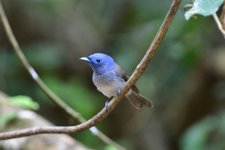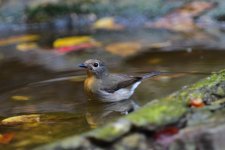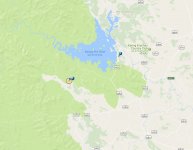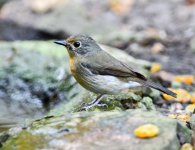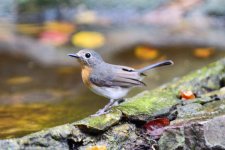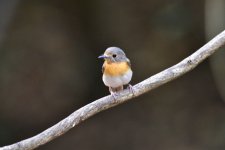Hi Ian and others,
anybody else think #5 is a specific, type of Tickell's? This sort of Tickell's is so different from the ones usually portrayed. It is found in
in differing habitats as a resident. The extremely paler loral area and blue iridescence on the female is also a feature of this type of Tickell's. The Tickell's in South India looks closer to Chinese Blue Flycatcher. Normally associate Tickell's in the Thai Peninsula with secondary coastal forest and have never seen it this far north at this elevation as given on the map. All have a barely perceptible hooked tip to the bill, but Tickell's has a miniature, woodshrike like hooked tip, to the bill that can clearly be seen in photos #5. Anybody else know of this type from the Peninsula?




